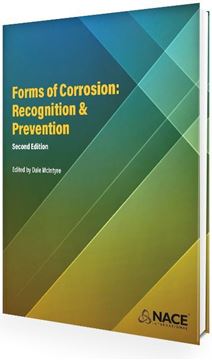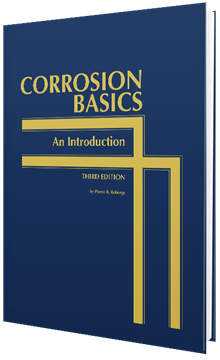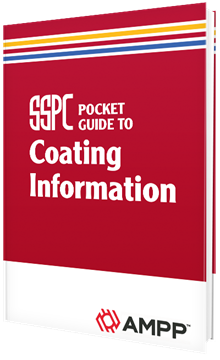This is a print-on-demand (POD) book that will be produced just for you in 2-5 days after your order. It should arrive at your door in about one to two weeks. However, due to supply chain and logistic challenges currently affecting the industry, it may take longer. Allow three weeks for international orders.
Over the past decade, the author, Roger Francis, has looked at some very expensive corrosion failures in desalination plants. Avoiding Corrosion in Desalination Plants explains how to avoid existing corrosion problems and how to avoid them in new builds.
This book looks at corrosion problems specific to multistage flash (MSF), multiple-effect distillation (MED), and seawater reverse osmosis (SWRO) desalination plants, describing their causes, some solutions, and the relative performance of various materials. It gives advice on procuring materials for desalination plants to avoid quality problems.
2019 NACE, 6 x 9" trim size, color, perfect bound, 214 pages
Product Number:
37647-POD
ISBN:
978-1-57590-390-3
Author:
Roger Francis
$110.25
$147.00
$147.00
This is a print-on-demand (POD) book that will be produced just for you in 2-5 days after your order. It should arrive at your door in about one to two weeks. However, due to supply chain and logistic challenges currently affecting the industry, it may take longer. Allow three weeks for international orders.
The world’s population is steadily increasing and with it is an increasing demand for water—for both drinking and irrigation. In many areas of the world, particularly in warmer climates, there are limited sources from rivers and wells, so desalination is being increasingly used to produce water to satisfy both requirements. Although desalination is sometimes carried out on brackish waters and highly saline well waters, most desalination plants generate fresh water from seawater.
There are three main processes used in desalination plants, the oldest of which is multistage flash (MSF), where the water is essentially boiled at low pressure and the steam that flashes off is condensed for drinking water. The second process is multiple-effect distillation (MED), in which low-pressure steam is used to force evaporation of seawater and the vapor is then condensed for drinking water. Although actual MSF and MED plants (large-scale) are land based, small-scale units have been fitted to large ships, such as cruise liners, to generate fresh water.
The third process is seawater reverse osmosis (SWRO), where chloride is selectively removed from water by forcing it at high pressure through a special membrane. This method involves no heat transfer but requires enough electricity to power the high-pressure pumps that are required. All three of these methods have advantages and disadvantages.
This book looks at corrosion problems specific to MSF, MED, and SWRO desalination plants, describing their causes, some solutions, and the relative performance of various materials. It gives advice on procuring materials for desalination plants to avoid quality problems.
2019 NACE, 6 x 9" trim size, color, perfect bound, 214 pages




